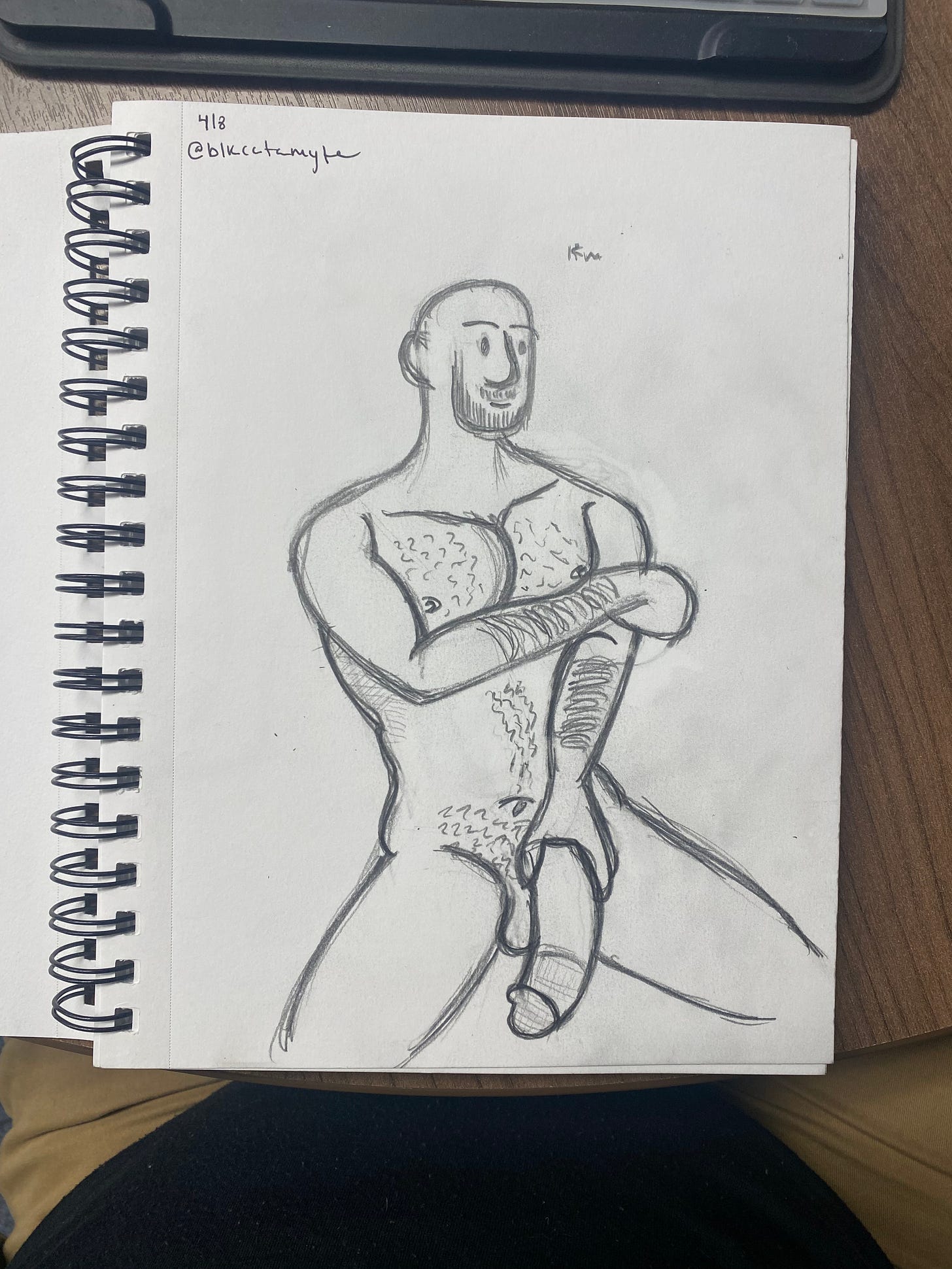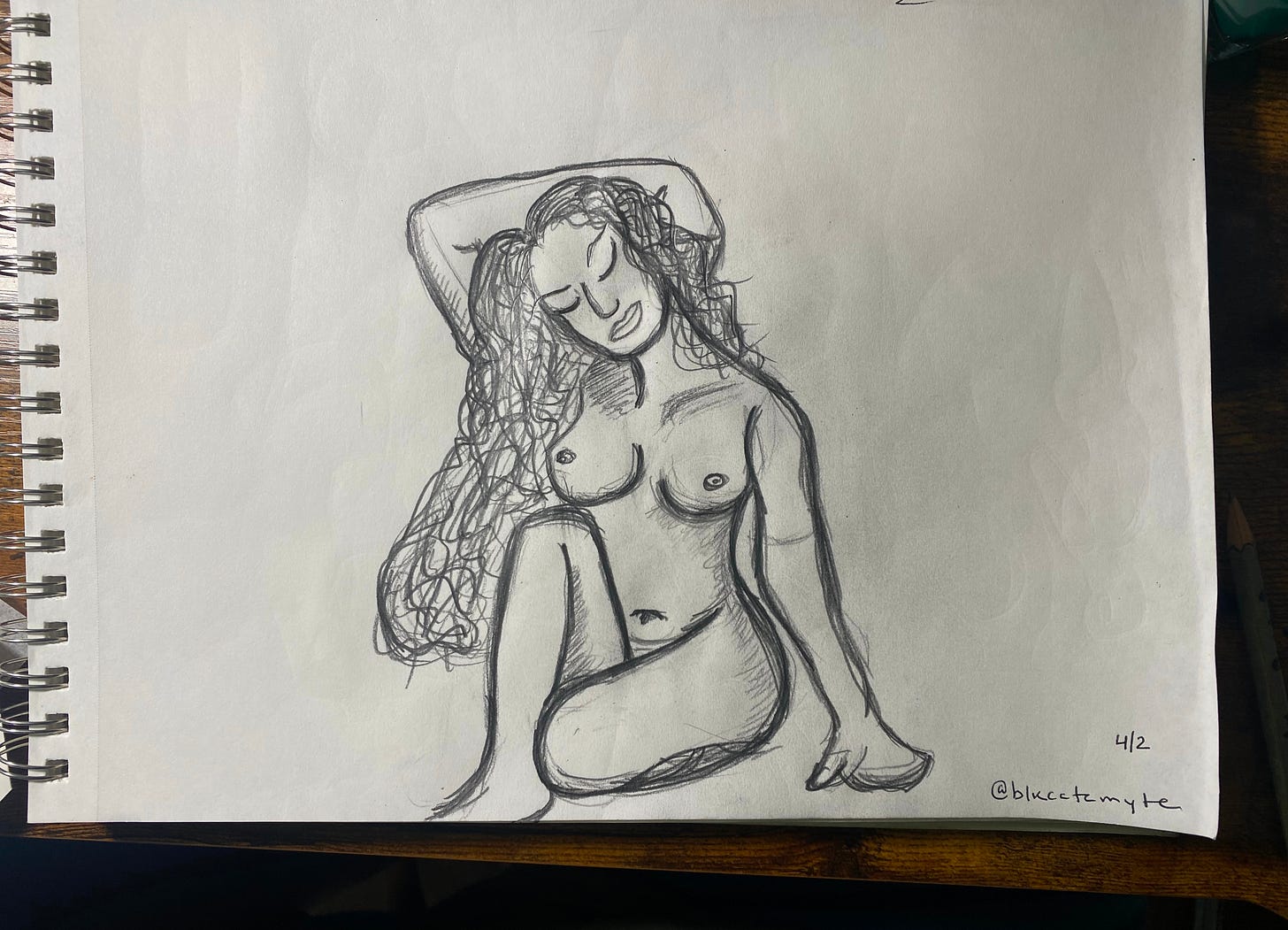Not y’all crying at your own party
It was 17:21 PST, February 13th, and there was a Full Moon in Libra
Notes: You will be happpy-sad-angry-shocked-relieved to know that there is no hole, big pole, and two itty bitty titties. Please refrain from reading if you’d rather not see the eroticism. As always, I love you and encourage you to take care.
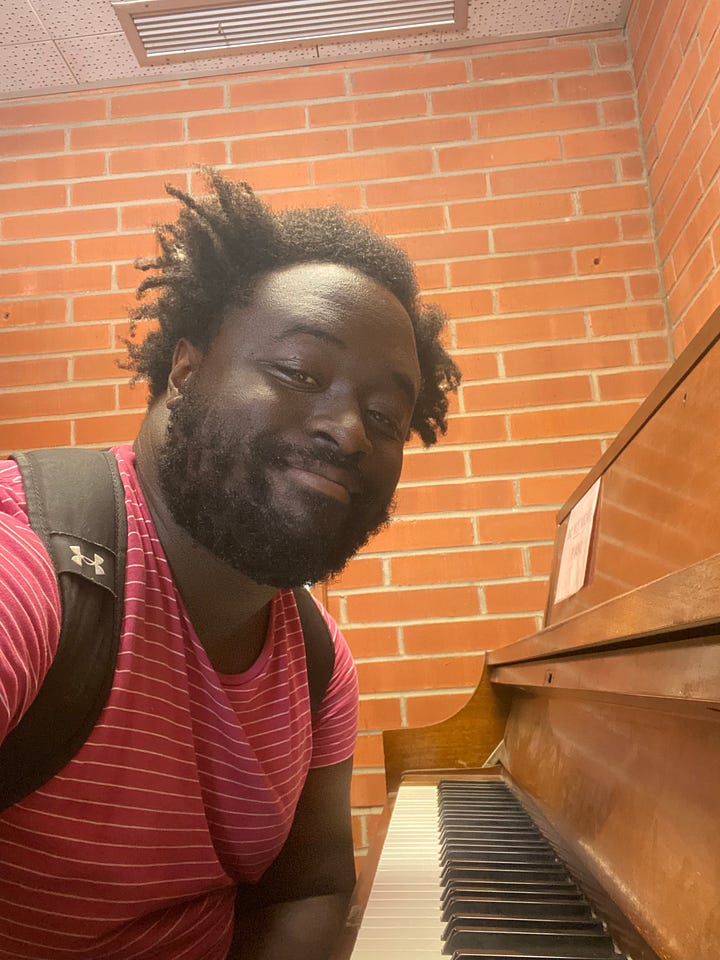
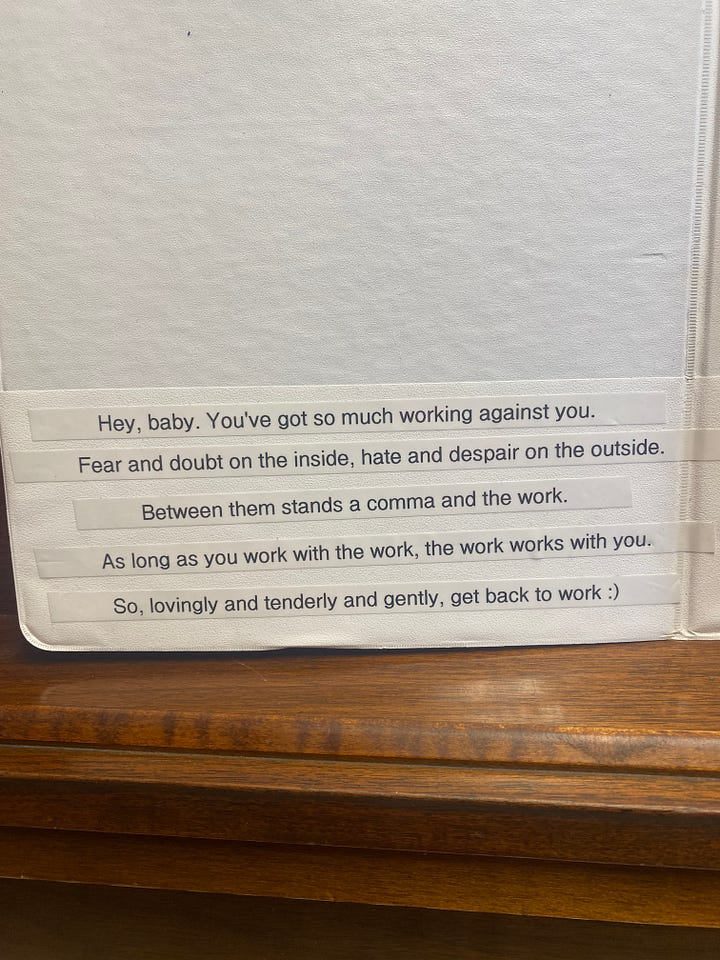
Dear F@ggots,
Thursday was god awful. So much so I went down memory lane and found myself sitting inside a practice room at my Alma mater. Needed to return to a place of strength I guess. I started playing “It’s My Party and I’ll Cry If I Want To” by Lesly Gore. E flat major, G minor, A flat major, F minor 6. (Wasn’t it in A?) No, I didn’t cry. I sat in the sonorous magnitude of my consequences like a grownup. Then I remembered I actually had music to practice. So, I whipped out my score and opened it up to a note written inside. Then, I cried. Working alongside the work is never easy but at least something is working alongside you. (Also, who the fuck cries at their own marching orders?) Jesus, deliver me from . . . well, me.
Sincerely,
E.Y. Washington
Bookslut Caught in the White and Wicked Wild:
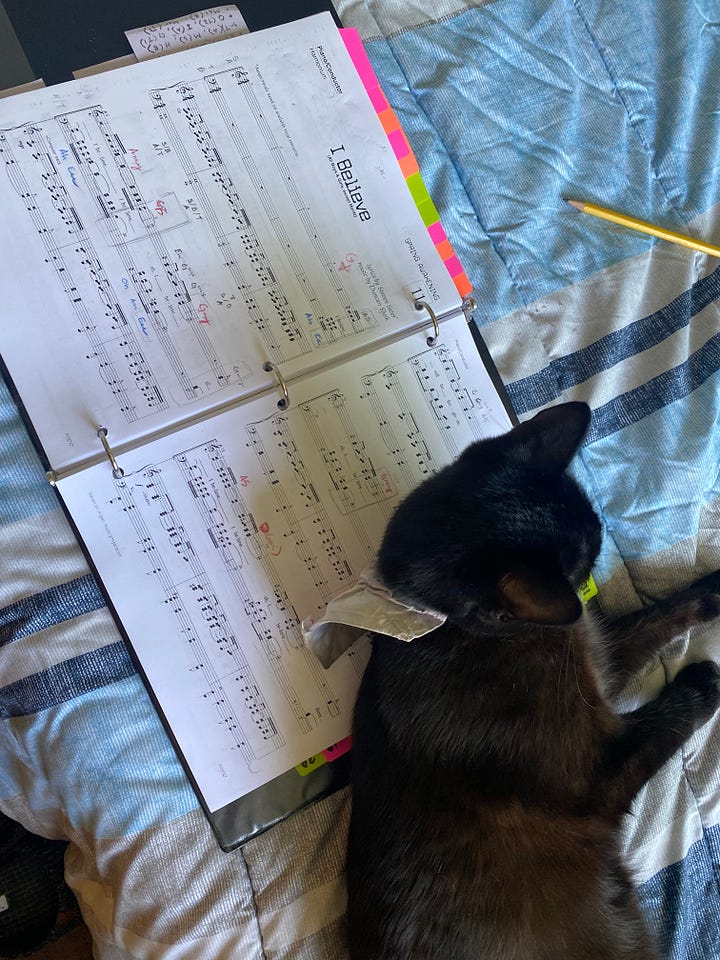
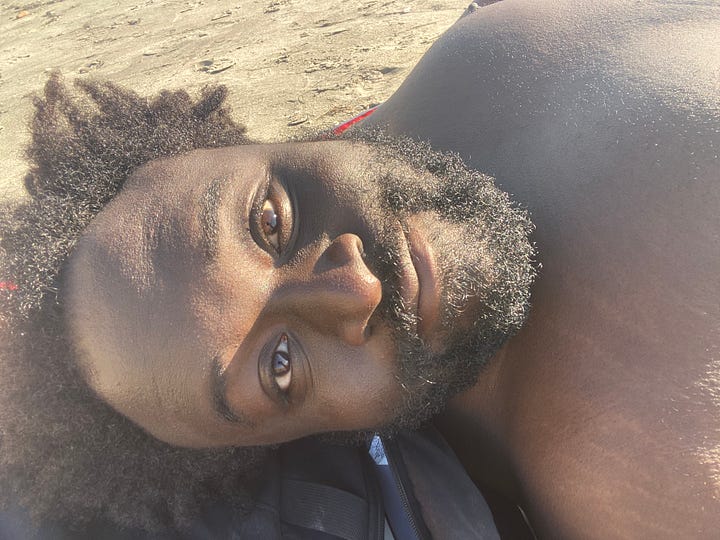
If the pronoun I is shorthand for the word inheritance as poet Tommy Pico suggests, I, an African-American, have inherited the experience of being claimed in spirit, soul, and body. My opinion on claiming identities? Simple. They are not meant to be claimed which is to say stolen, held captive, and consumed. If they are tied up——and many of them are——resource them, give them clear instructions on how to thrive, and set them loose.
Books with Pictures, Books with Words, Books that Caught My Eye:
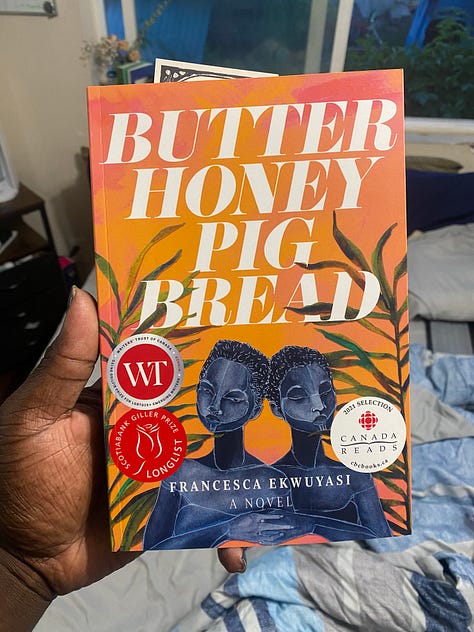
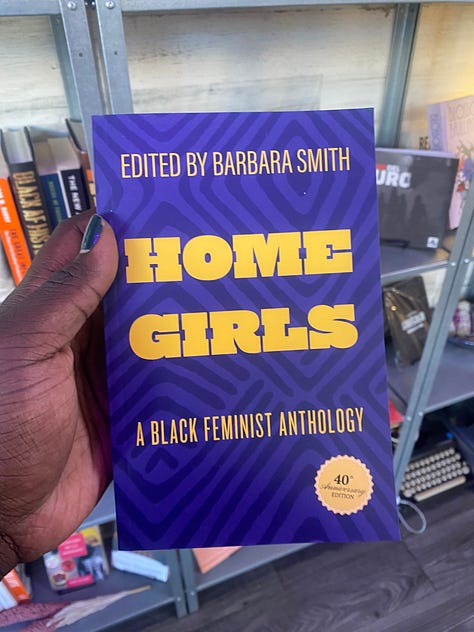
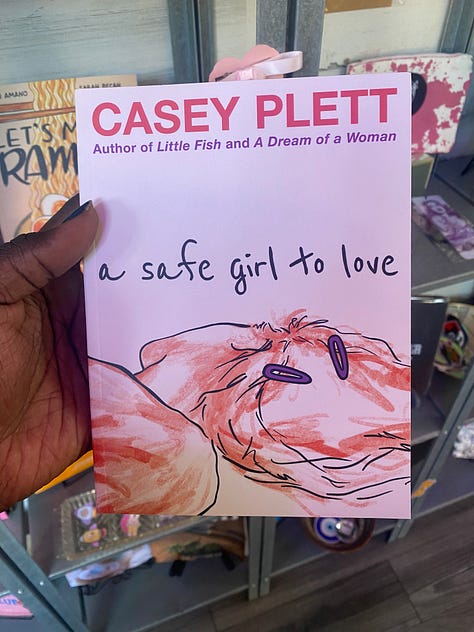
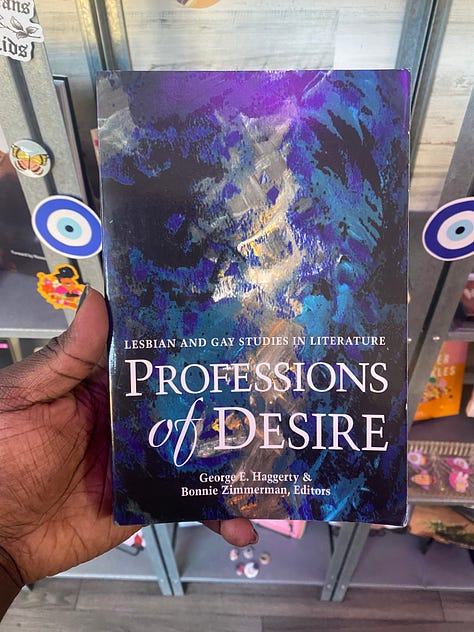
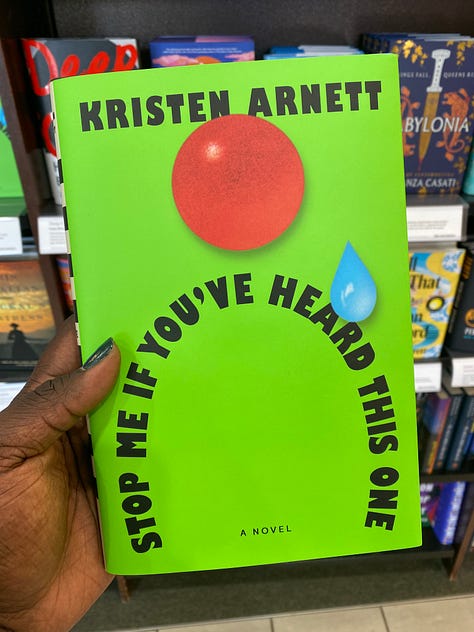
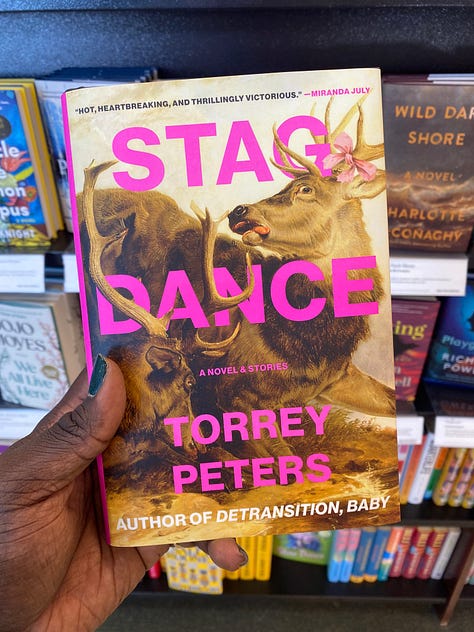
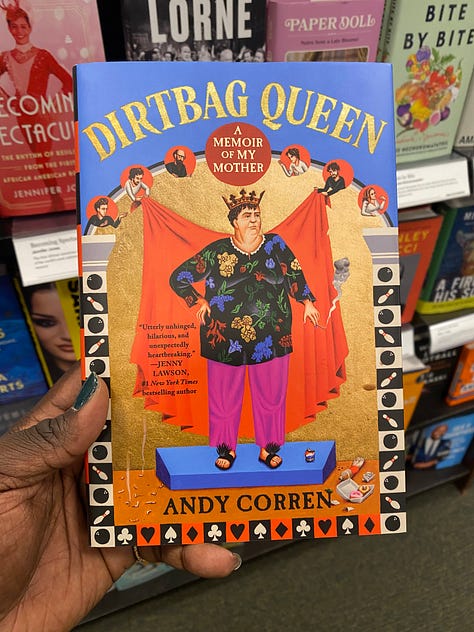
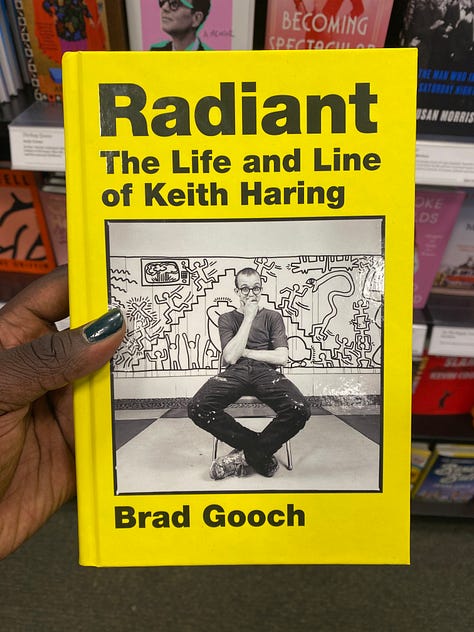

blkcatamyte / blak kadəˌmīt / Noun (Slur) / "A black gay artist learning to draft homoeroticism" / Origin: Mid 21st Century: from Greek ganymede: 18+ Only, No Minors
Oh, men’s sexuality. Who will raise it up out of the muck and mire of domination, subjugation, violence, and aggression? I am certainly trying. Last week, I had the pleasure of drawing the sex worker @thatzaddydick in an erotic life drawing session. This is my second time sitting with the model digitally. “I’m not sure,” I thought to myself while sketching, “whether I should ignore my impulses or run with them. Usually, I choose the latter. And when I do I am taken to a surprising place.” Every line spins, bends, curves, swoops, and swerves into one another. At their crossing, homo-eroticism meets fancy, humor, oddity, and play. Nary a serious (read: straight) line in sight. “Whether you’re experienced or not,” I scrawled in a notepad somewhere, “art holds complication well. And, when the pen hits the paper, I am reminded that I too am filled with complication.” I attended a non-erotic life drawing session six days earlier. Drafting the model below, I found myself floating in an endless well of unworthiness. “Women,” I thought, “are sacred, men profane. I don’t understand the latter and ardently revere the former. Is this my complication?” I am unworthy of who I am becoming and yet I must become. Oh, genderfluidity.
Notes: Paul Mpagi Sepuya’s Darkroom A-Z indexes black and queer identity by making black queer identity the subject of his photography rather than an object. His subjects, I neglected to mention, are all friends. Please read the interview below and consider buying his Darkroom A-Z.
In Conversation with Paul Mpagi Sepuya
from Glamcult
Am I right in thinking that your art is, so to say, a free and wilful example of queer identity liberated from the expectancy of being boxed and defined. In a way, with queerness, there’s more patchwork that goes into building an identity.
Well, the collage aspect is less about assembling a queer body or identity, so to speak. It’s more about each element of the fragments or the backdrop trying to work out the language of a photographer’s darkroom, where work is developed in complete darkness, for if brought to light, it’ll be destroyed. How do we connect this to the history of non-white spaces, literally in the back of a bar, for example, where queer folks can hang out? I was thinking about the social encounters happening in the dark that have to be negotiated in the light at the front. Also, those moments when you encounter someone or you get a glimpse of something, and you think, Do I know this fragment of a body from this other experience? Here again, the dynamic between the conditions of making a portrait and its content plays off, but also the information that is left as traces here and there, like fingerprints on the mirror in some of my images—the type of information that literally requires a body so that blackness can be seen, and what that suggests.




